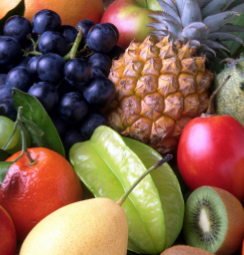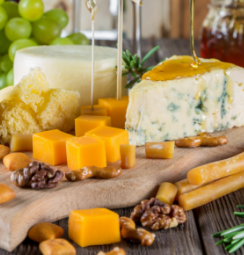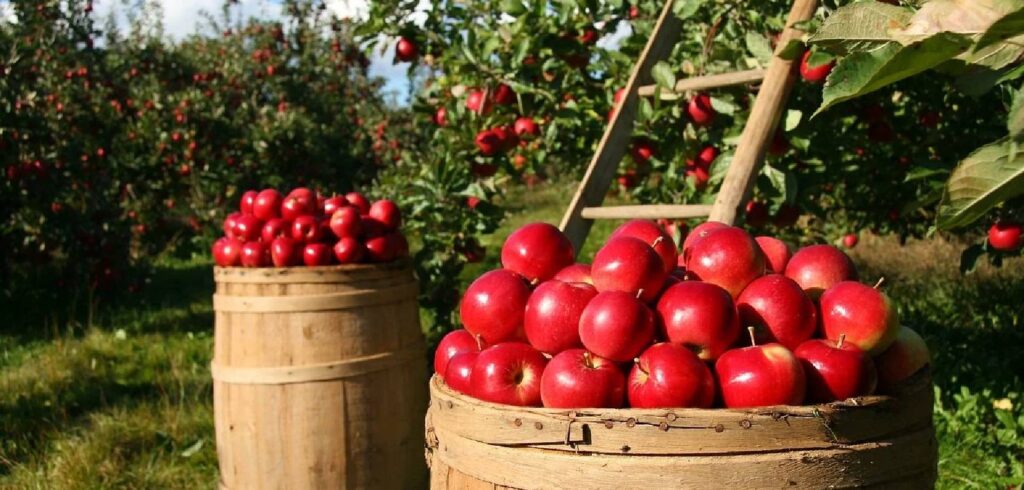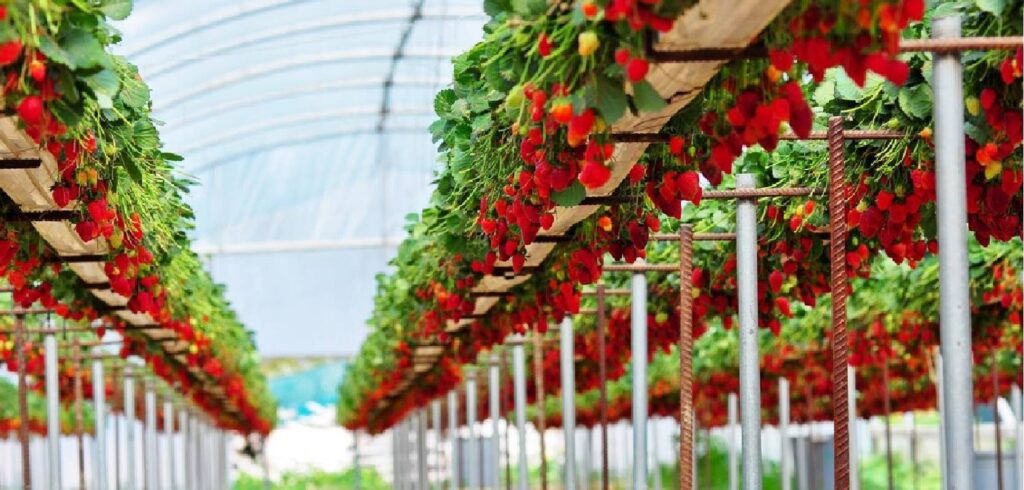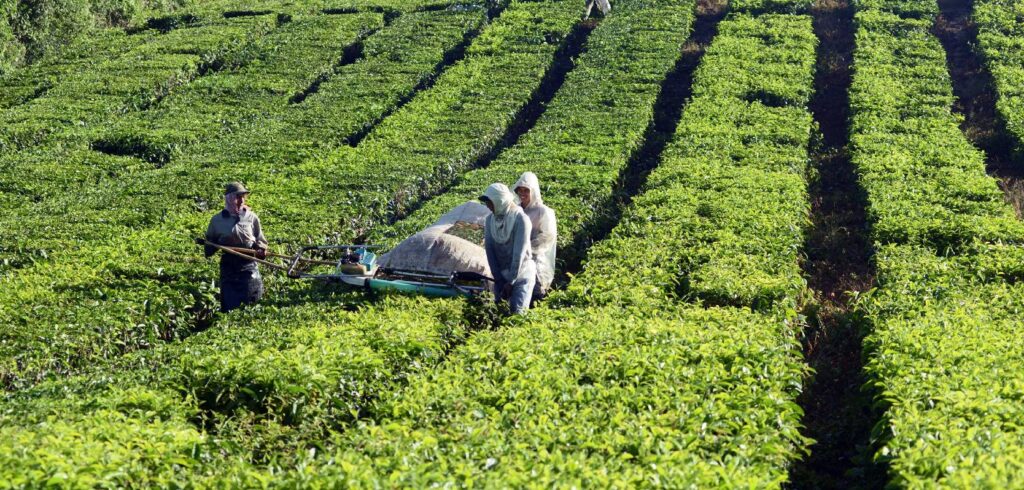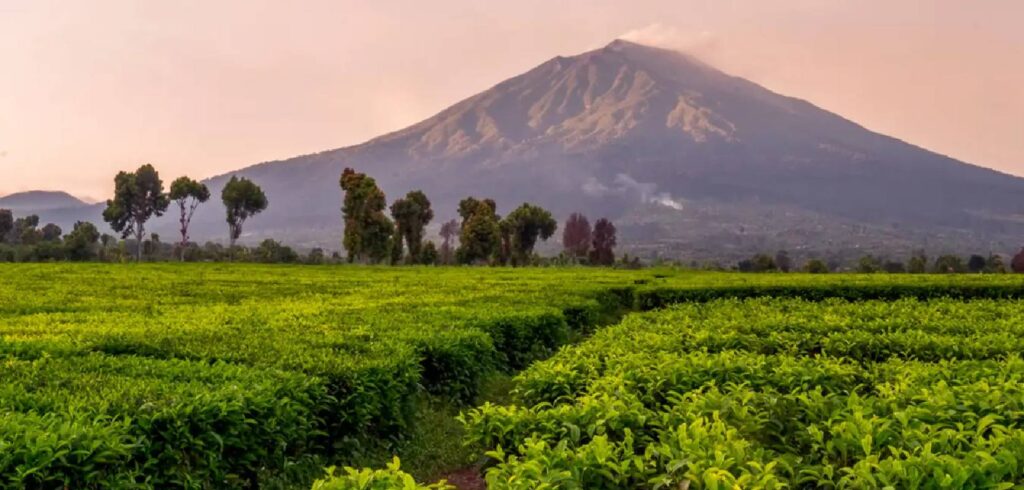Agriculture has undergone significant evolution, and one major breakthrough is hydroponic farming. This soilless cultivation system opens doors to transformative plant production, bringing forth a plethora of promising advantages. Let’s delve into some key strengths that make hydroponic plantations increasingly sought after and recognized as a cornerstone of the future of agriculture.
Did you know that Pragmatic Play was also inspired by the fruit harvest to create one of its games, namely Fruit Bonanza? There are several games at Pragmatic that are quite fun to play, such as bonanza, gates of olympus, and many more. Plus, it’s mobile-friendly, offering free spins, bonus games and more. The main jackpot prize is displayed clearly at the top of the screen and visit the trusted site to play now!.
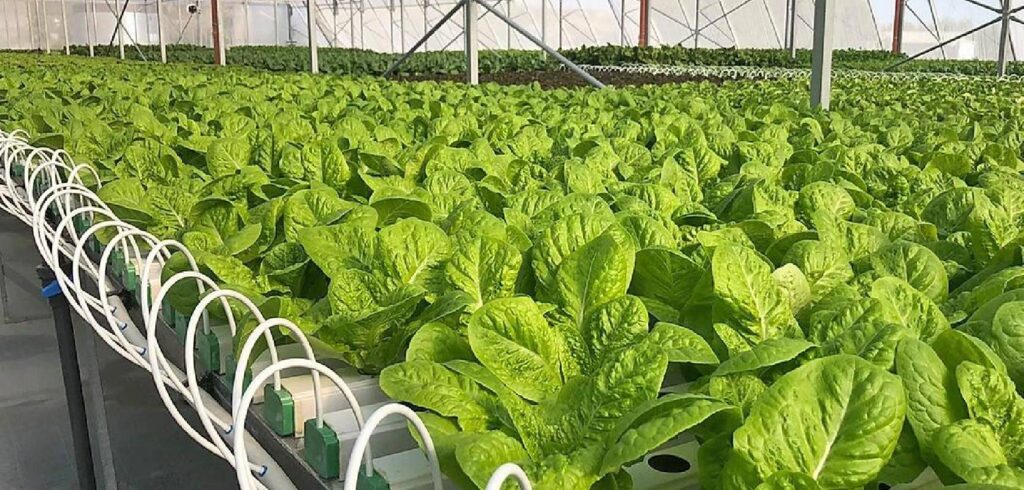
Using hydroponics has many advantages that we need to understand, such as water use efficiency One of the main advantages of hydroponic plantations is that they use water much more efficiently compared to conventional farming. In this system, water is recirculated and reused, reducing waste and supporting environmental sustainability. In an era where the water crisis is increasingly evident, efficient use of water has become a critical aspect in the development of modern agriculture.
Includes Precise Nutritional Control Hydroponic gardening allows for very precise control of nutrients. Essential nutrients are injected directly into the nutrient solution, giving plants immediate and optimal access to the nutrients they need. This not only improves plant growth but also produces more consistent, high-quality yields.
By adopting the hydroponic method, it has high economic advantages, namely fast and maximum plant growth By ensuring a consistent and optimal supply of nutrients, hydroponic farming creates an environment where plants can grow quickly and optimally. Hydroponic plants often have higher growth rates than those grown conventionally in soil, allowing for more efficient production
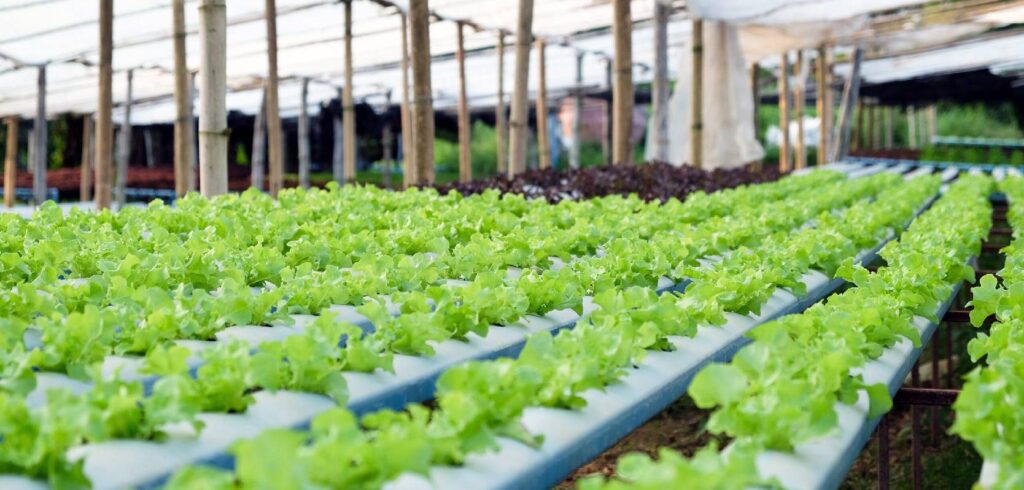
Coupled with Optimal Environmental Control Hydroponic farming allows for optimal environmental control. From air temperature to humidity levels, everything can be adjusted according to the plant’s needs. This allows year-round farming and opens up opportunities for cultivating crops in regions where it was previously difficult or impossible. with no dependence on land One of the most striking advantages of hydroponic plantations is that they do not depend on land. This system allows farming in urban areas or in locations with infertile soil. Thus, hydroponic plantations can be a solution to the global challenge of providing food amidst rapid urbanization
Exploring the advantages of hydroponic plantations reveals that this innovative approach not only addresses some of the challenges of conventional farming but also opens up new possibilities. From efficient water usage to optimal environmental control, hydroponic plantations position agriculture on a path toward greater sustainability and productivity. By continuing to develop and understand its potential, hydroponic farming could be the key to achieving global food security in the future.
